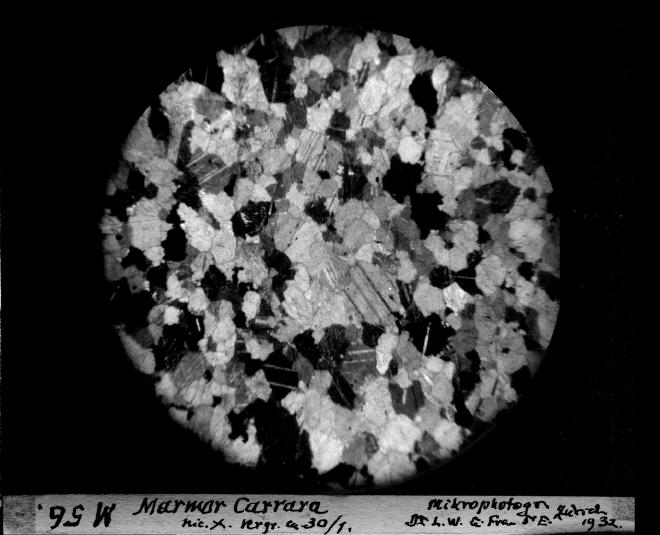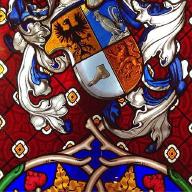The term characterization frequently appears in both scientific and popular literature related to cultural heritage.
What exactly does this term mean? In general, it is used to indicate the identification of the components of a given material. Looking more closely, it’s clear that published studies differ based on the analytical protocols used specifically to characterize these materials. A few examples — with increasing complexity — include materials commonly found in cultural heritage, such as marble, paper, bronze, and materials used in paintings.
It is worth noting that, as far as cultural heritage is concerned, standardized protocols currently exist only for natural stones (UNI 11121:2004 Characterization of Natural or Artificial Stone Material) and mortars (UNI 11088:2003 Mortar Chemical Characterization).
Compositional characterization refers to the identification and quantification of the chemical components present in an unknown material. The analytical response may be expressed in terms of elemental, molecular, ionic, or mineralogical analysis. Depending on their prevalence, analytical data may reveal major components, minor, or trace components.

The analyses used to detect them are defined as qualitative, semi-quantitative, or ultra-quantitative, depending on the minimum detectable amount that the technique in question can identify.
The term characterization also refers to obtaining morphological and microstructural data to complement the compositional data. While compositional analytical data are uniquely defined (for example, through quantitative expression), microstructural data are subject to interpretation variability and therefore depend — at least in part — on the experience of the researcher conducting the analysis.
Microstructural morphological data include aspects such as porosity, crystal nature and size, and whether the constituent particles are fibrous or globular. Particularly important in cultural heritage materials is the distribution of components in relation to surface layers. Cultural heritage artifacts often exhibit highly expressive surface finishes such as polychromy, limewashes, or various surface treatments.
To describe these morphological characteristics, subdivisions of the metric scale are used. The term micrometric, for example, refers specifically to the description of an object whose size falls within the order of microns — that is, millionths of a meter, or if preferred, thousandths of a millimeter. This scale is used to describe the thickness of a paint layer, a gold leaf, or the size of a pigment particle.
Given the advent of nanotechnologies in the field of cultural heritage, it is also worth mentioning this area. For example, it may be necessary to describe the particle size of nano-structured conservation products, such as nano-lime or nano-silica. These are generally produced through specialized synthesis procedures and, due to their small size, acquire particular properties that enhance their performance. To achieve this, the particles must not exceed dimensions in the nanometer range; otherwise, they tend to lose their specific characteristics as they aggregate and grow in size (Daniele, Taglieri, Quarestima 2025). The relevant metric unit in such cases is the nanometer (symbol: nm), which equals one-billionth of a meter, or one-millionth of a millimeter, or one-thousandth of a micron.
Naturally, the nanometer is also used to describe structures in biological contexts or of other types, with applications extending into the field of science for cultural heritage.
Bibliography#
Valeria Daniele, Giuliana Taglieri, Raimondo Quaresima, “The nanolimes in Cultural Heritage conservation: Characterisation and analysis of the carbonatation process”, Journal of Cultural Heritage, 9:3 (2008), 294-301, https://doi.org/10.1016/j.culher.2007.10.007.
Cite as:
Sansonetti, A.; Conti, C.; Botteon, A.; Colombo, C. (2025). Heritage Characterization. Zenodo. https://doi.org/10.5281/zenodo.15877897



